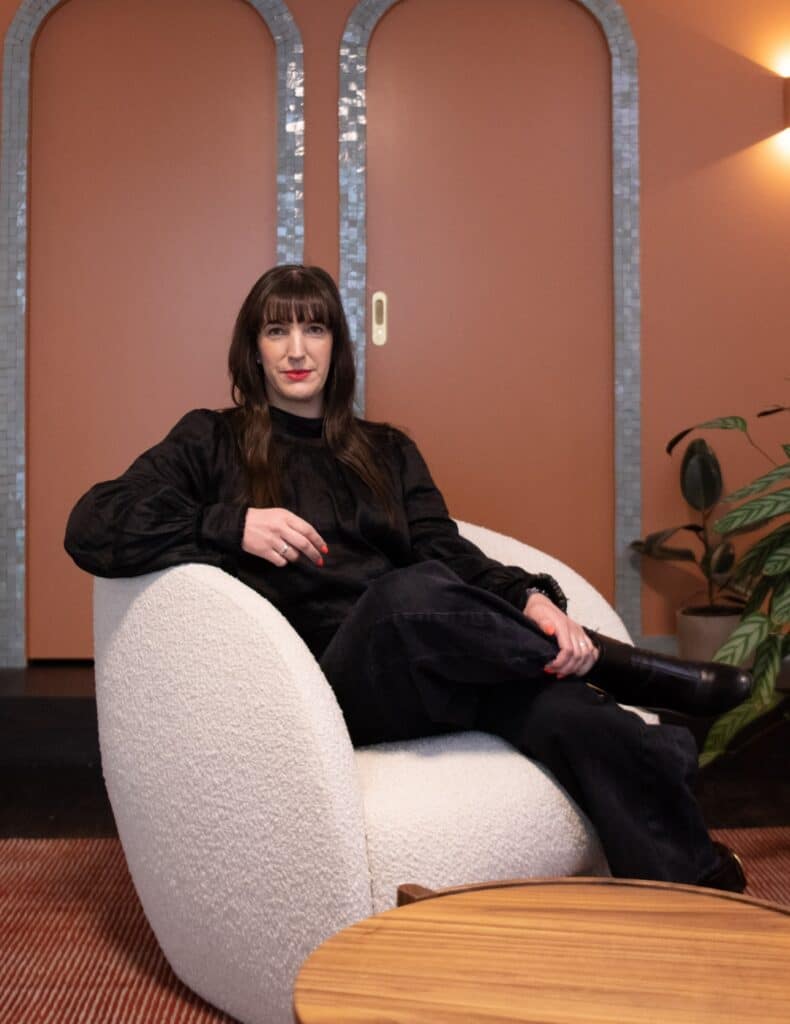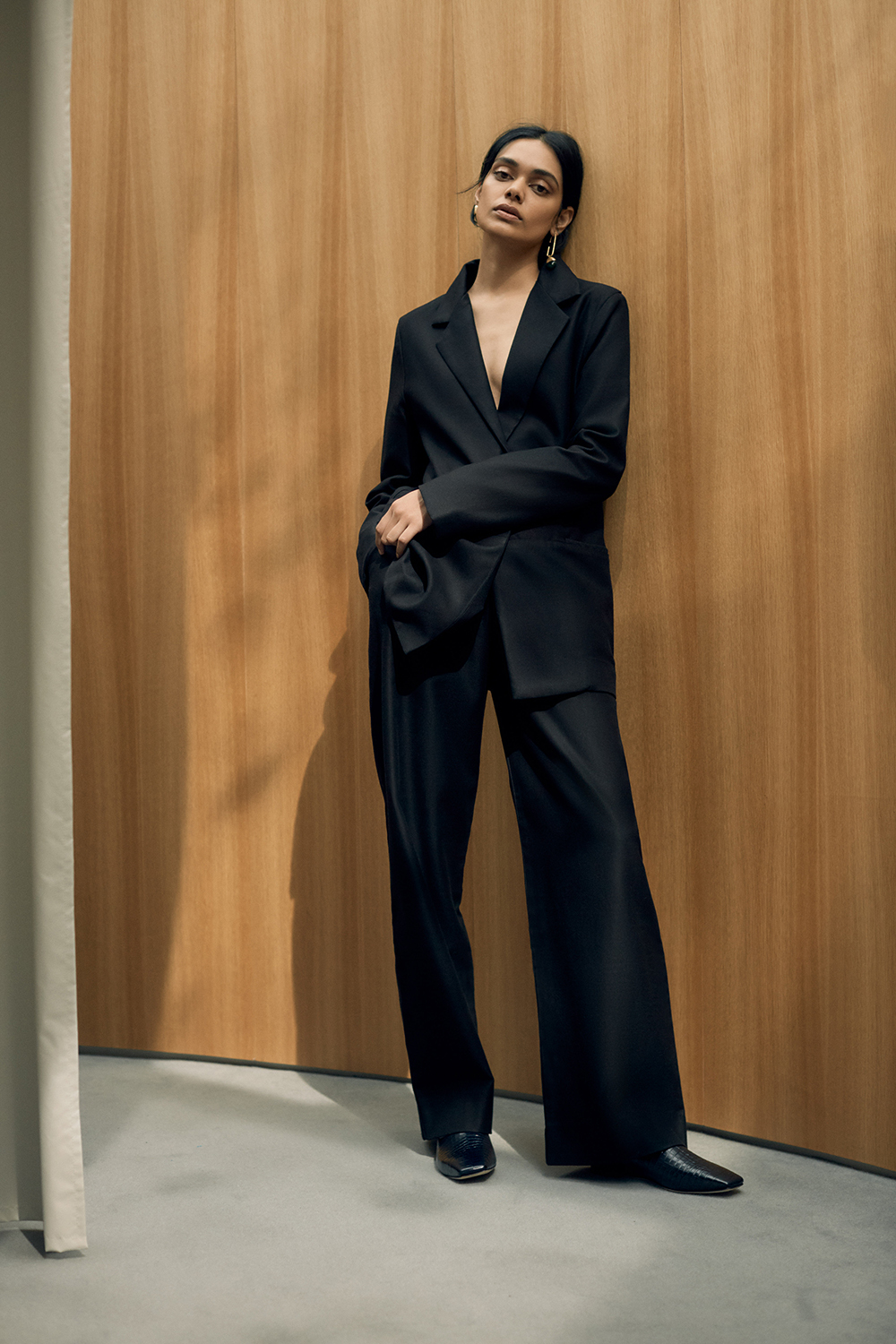
Facing the latest Kowtow campaign, Zinnia Kumar is a multi-talented woman whose work spans across multiple disciplines including science, philanthropy, fashion and film.
Born in Australia of full Indian descent, Zinnia entered the modelling industry relatively late, saying she was unlikely candidate due to traditional beauty standards. Fast forward to 2020 and she has been featured in the pages of Vogue Italia, and listed as one of Vogue India‘s most influential global Indians to know.
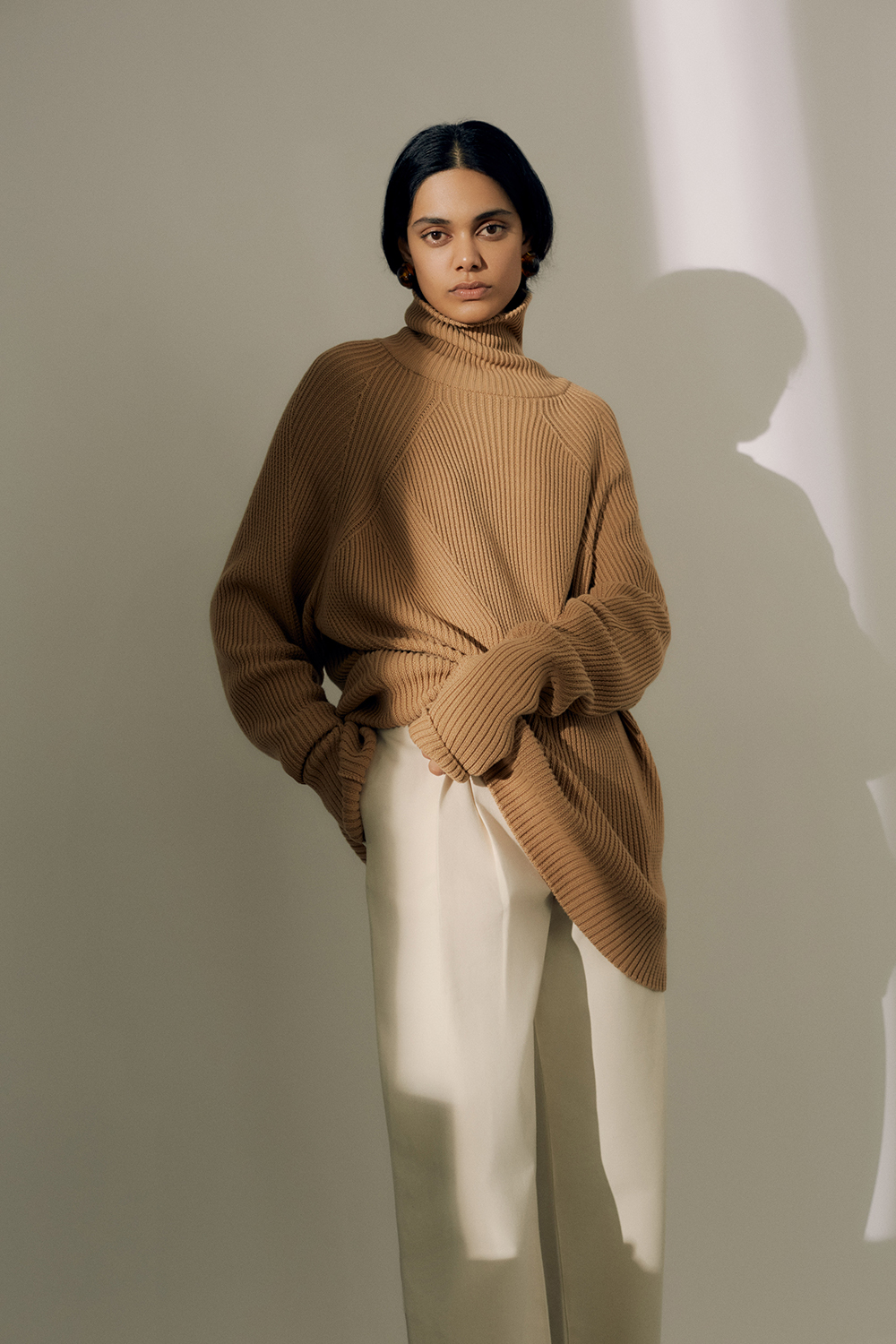
Before entering the modelling world, Zinnia worked as a conservation biologist in the outback with wetland birds and on remote islands with little blue penguins. She also volunteered her time over a 10 year period to teach refugee and disadvantaged children in Australia, India and Thailand, and was chosen by the Australian Government as a Youth Ambassador to work under the Department of Foreign Affairs.
An eager learner, Zinnia is currently studying for a doctorate in colourism at Oxford University, whilst continuing to work on a number of environmental and humanitarian projects. This includes an upcoming documentary feature film raising awareness of colourism and unravelling the social, physical and psychological effects of skin colour discrimination in India.
In celebration of International Women’s Day, Gosia Piatek, creative director at Kowtow, sat down with Zinnia to discuss the future of fashion and portrayals of beauty:
Gosia Piatek: I would love to know which women have inspired have inspired you most throughout your life?
Zinnia Kumar: When I was young, I loved Mother Teresa, I loved that she was so selfless in the service of humanity. My mum has always been a source of strength and inspiration to me, she keeps me going when I feel like giving up. Also, most recently Leslee Udwin (award winning activist and filmmaker), an incredible friend and mentor. I am endlessly awed by her energy, drive, tenacity, bravery and fearlessness. She inspires me to believe that anything is possible and to always fight for what you believe in.
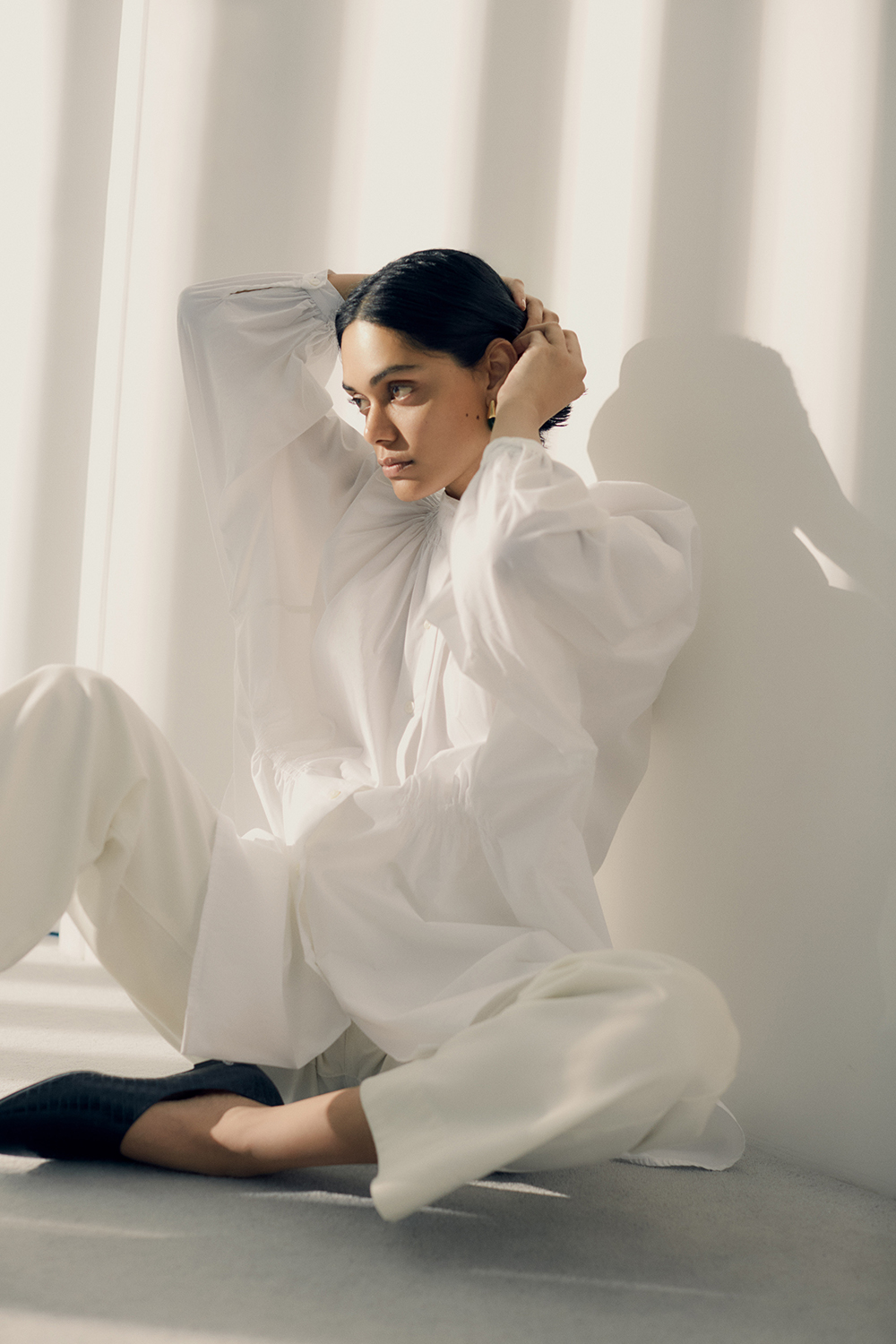
It is so important to surround yourself with others that lift you up. Being an ethnic woman in the sciences, what are the biggest challenges you’ve faced?
Sexism. I overcame this by finding supportive female supervisors who appreciate what I am capable of and not what I look like defining what I am capable of.
The portrayals of ‘beauty’ that we are presented with are constantly changing and therefore impossible to meet. How have you seen these trends change over time?
In terms of trends, what you see most often becomes familiar, and what is familiar often becomes attractive. Where seven years ago, ultra-thin, toned bodies was socially considered highly attractive. However, that’s because it was the only body shape we ever saw in popular culture. Today, the repeated exposure of plus size shapes has meant much of the public have fallen out of favour with the narrow ideal in favour of one that suits their own natural bodies. It’s funny how time and perspective changes things so drastically.
How do you see fashion changing within the next decade?
I think fashion itself will see a slowdown in fast fashion and rapid consumerism. People will start to buy less, preferring high quality items that transcend fashion trends. Towards the end of the decade manufacturing will shift from China to India. The Indian economy will overtake the US in 2030 to become the world’s largest consumer market. Consumers across the globe will become highly conscious of where their garments come from, who makes them and what environmental impact it is having on the world. I think this is what makes Kowtow revolutionary, it was started with this commitment in mind, well before sustainability became a fashion ‘trend’.
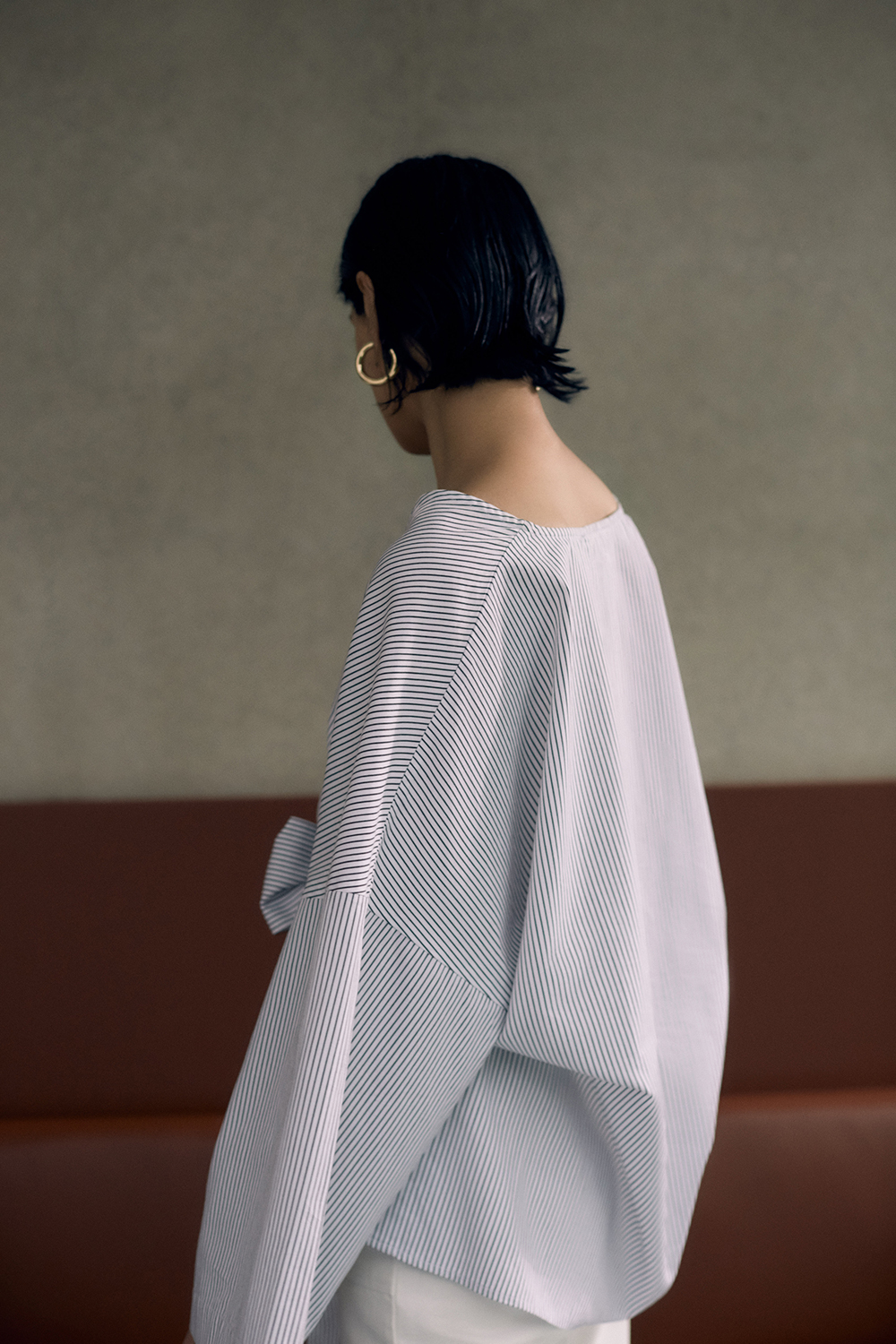
Given India’s long-standing history of textiles, it has been argued that the apparel industry in India has the potential to perverse and promote India’s cultural identity. With the growth of sustainable textiles and fair trade certified garment factories, and producers in India, do you see apparel production as an opportunity for cultural preservation and sustainable economic growth?
India controlled the worlds luxury textiles from the 15th to the 18th century. India and its merchants supplied fine cloth and garments to royalty across the globe for centuries. That was until the British Raj destroyed the industry, cutting off, smashing and crippling weavers’ hands and fingers, burning and looting Indian textile mills, banning and over taxing Indian fabrics imports between the 18th and 19th centuries. The Indian textiles market was further reduced by the introduction of cheap British Mill Cloth and American Slave cotton woven in Manchester, UK. However, after the American civil war cotton prices increased, and as a result demand for Indian cotton also increased, but the market had suffered severely through the economic and political sanctions placed by the British Raj. The sanctions also caused the stagnation of India’s luxury fabric sector as many highly skilled artisans were forced out of work.
We admire that you put your values at the forefront of your career decisions. What words of advice would you give to people looking to make a change in today’s world?
Biggest piece of advice I’ve learned, you don’t need a position of power to make change, you don’t need to be an authority. You just need courage and the will to do something about whatever you’re passionate about and do it. Don’t worry about where you start or how small it is, as you gain courage and confidence to do something, you will start pushing your comfort zone and challenging yourself farther. You may have off days and good days, but don’t be discouraged, because that is part of the battle. Nothing meaningful, ever comes about without resistance. Keep going.





